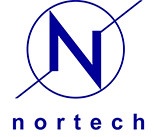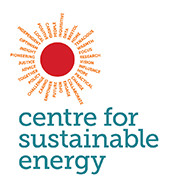Communities and businesses were invited to get involved in OpenLV, the groundbreaking project that made local electricity data openly available.
The OpenLV project installed LV-CAP™ platforms in 80 Low Voltage (LV) distribution substations located in Western Power Distribution’s (WPD’s) licence areas – the Midlands, the South West and South Wales. The platform could ultimately be deployed across the GB electricity network. LV-CAP™ is an open software platform that can monitor substation performance and electricity demand. The platform was designed to provide monitoring and alert services, to enable network control and automation, integrate with third party products, host apps developed by third parties and provide benefits to local communities.
More information about the OpenLV platform
The OpenLV project has investigated how the LV-CAP™ platform could be used to benefit local electricity networks, community organisations, businesses and Universities.
1: Local electricity networks
This element of the project wanted to demonstrate how the LV-CAP™ platform could benefit the local electricity network by:
- Monitoring the network
- Performing calculations on the data received locally, reducing data transmission requirements
- Calculate real-time updates on the state of network assets, including remaining local capacity
- Predict the future status of the network based on historical performance
- Enact changes to the local network in response to current and predicted network status.
OpenLV installed LV-CAP™ in 50 substations where the platform proved its capacity to monitor substation activity, perform local calculations and predictions and transmit status reports.
A further group of ten substations were selected to prove the platform was capable of active network management. This was achieved by sharing load between two adjacent substations until local demand decreased based on a signal from one of the substations.
The plot below shows that following the closing of the ALVIN Reclose™ switch at one substation, the transformer load at the supported substation (in this case St. Bartholomews illustrated by the green line) drops substantially.

2: Community Organisations
The project worked with seven community organisations to see how they could benefit from receiving data from their local substation. Each group had different objectives, specific to their community and location and these ambitions were facilitated by a web app developed by the Centre for Sustainable Energy. The participant organisations could configure the web app according to their own preferences and to suit their needs.

























